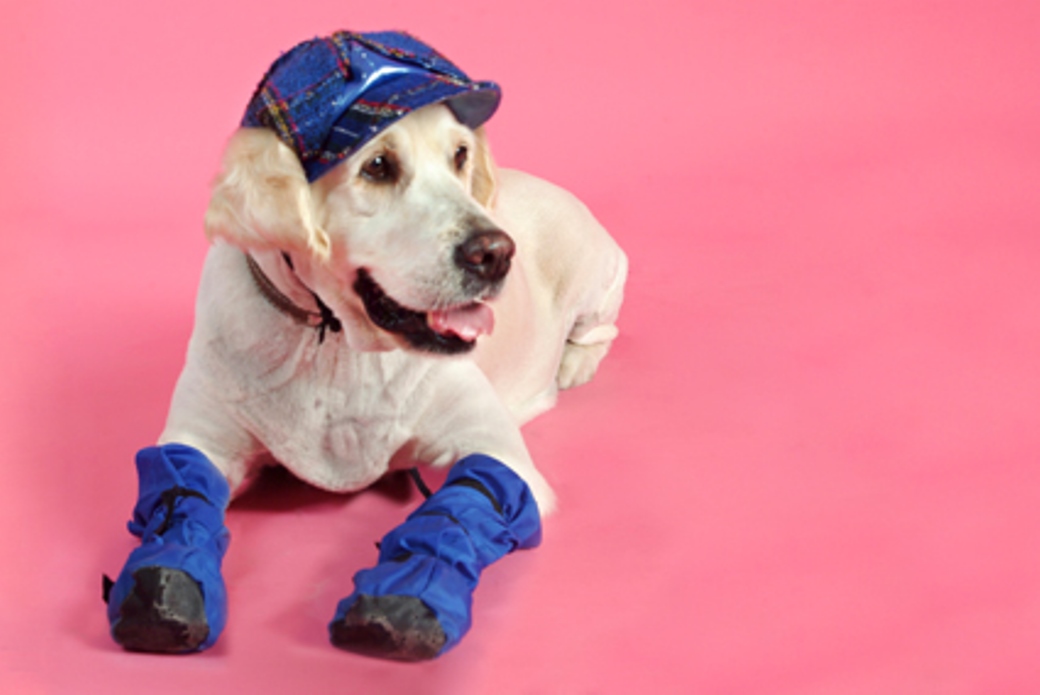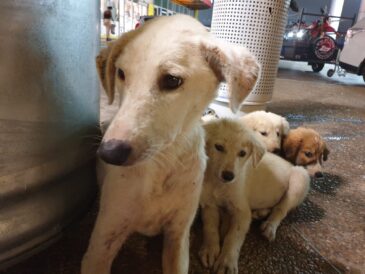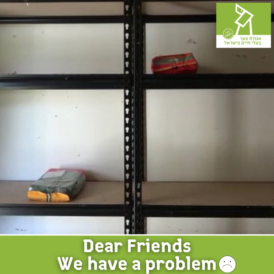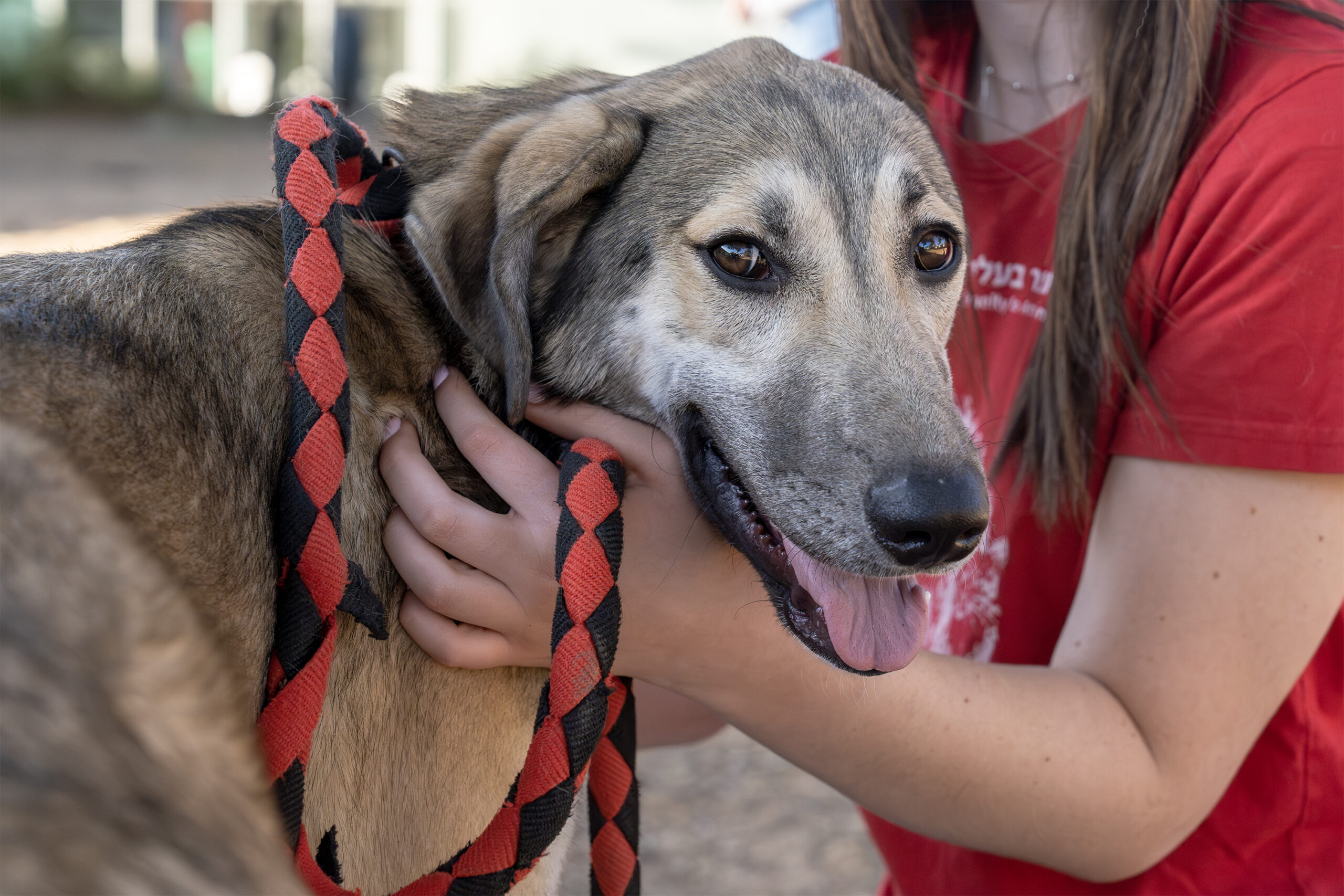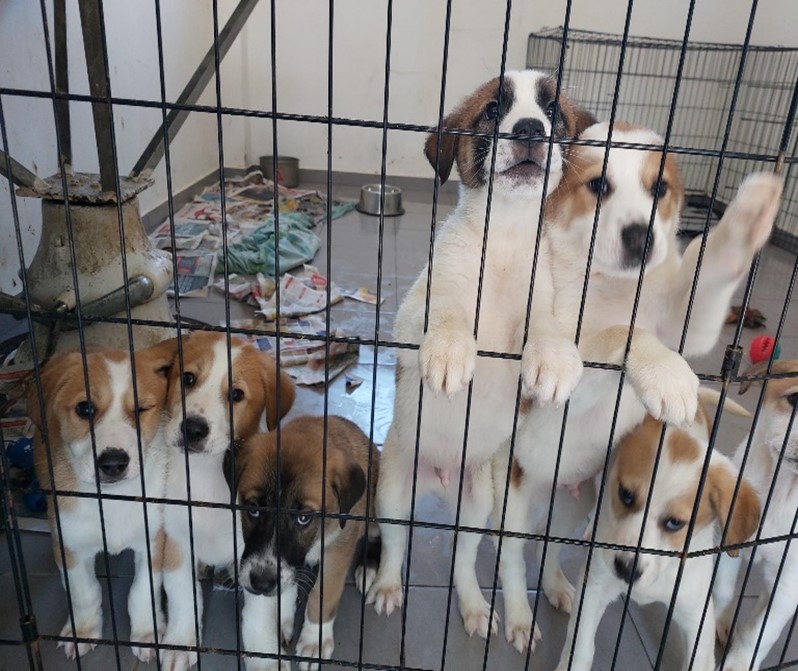Na’ama Rolnik, SPCA Adoption Counselor and dog trainer
The cold season has arrived, bringing with it strong winds, heavy rainfall, low temperatures thunder and lightning. The SPCA Adoption Counselor and dog trainer, Naomi Rolnik, presents some tips that will help your dog get through the winter happily and safely.
It’s Cold Outside
Dog owners whose pets are used to living outside should check that the kennels are rainproof. In addition, it is recommended to line kennels with thick blankets that are good for snuggling. The strong wind may blow unstable objects around, Please take care to tidy up the yard or balcony and to get rid of objects that are likely to hurt your dog.
Nice and Warm Inside
When we are away from the house and not heating it, the indoor temperatures can be quite low so it is worthwhile lining the dog’s bed with a cozy blanket. Short-haired dogs tend to suffer more from the cold, but there are also long-haired dogs that like the warmth and enjoy snuggling up somewhere warm. Those dogs should be dressed in a suitable sweater.
A walk in the rain
The cold may cause dogs, particularly the smaller breeds, to relieve themselves more frequently. It is also quite possible that because of the cold, they will make mistakes and wet the house. In order to avoid this, we recommend taking them for more outings than usual. If your dog doesn’t like going out in the rain, take advantage of the breaks in the rainfall to take your dog out and allow him to expend as much energy as possible. Energy release eases the dog’s stress. In the case of really rainy days when it is impossible to take your dog out for walks, we suggest allowing him to let off some steam in the house with a ball, other toys or even with a walker.
Thunder and Tension
Some dogs don’t get upset about the winter weather while others may be stressed out by thunder, lightning, wind and even slammed doors. If your dog is sensitive, we suggest locating a place in the house where he feels secure, putting a warm blanket there for him, and, when the noises make him nervous, ignoring him and refraining from petting him. If your dog is used to a travel cage, these are precisely the times to allow him to go into one. Our instincts, as people, are to display sympathy and understanding and to identify with the stress that the dog is undergoing. However, by stroking the dog we just reinforce his fear and increase his stress. If your dog becomes overly stressed or even harms himself, consult with a dog trainer or veterinarian in order to find a solution through appropriate treatment.
Have a safe and warm winter!

